This article was co-authored by Colleen Campbell, PhD, PCC. Dr. Colleen Campbell is the Founder and CEO of The Ignite Your Potential Centers, Career and Life Coaching based in the San Francisco Bay Area and Los Angeles. Colleen is an International Coach Federation accredited Professional Certified Coach (PCC). Colleen received her MA and PhD in Clinical Psychology from Sofia University and has been career coaching since 2008.
There are 8 references cited in this article, which can be found at the bottom of the page.
This article has been viewed 70,661 times.
The interview is one of the most important parts of the process of finding a job. Notably, it’s also a great opportunity to present your resume in a way that will make you stand out as an applicant and will emphasize the strongest aspects of your career experience. By following simple formatting techniques and assembling your resume in a professional way, you can make sure your resume is presented in a way that makes you a strong contender for the job you’re applying for.
Steps
Assembling and Presenting Your Resume
-
1Make sure your resume is formatted correctly. Use a professional font such as Times New Roman, at a size between 10 and 12, and leave 1 inch (2.5 cm) margins on all sides of the resume.[1] Place your contact information, including your name and email address, at the top of the page and make sure they stand out from the rest of the document.[2]
- For example, consider centering your name and contact information instead of having it extend from the left. Your name should also be in a slightly larger font than the rest of the resume.
- Make your resume as skimmable as possible. The people reading your resume may have to read dozens, or even hundreds, more like it and inevitably will have to skim them. Thus, making your resume easily skimmable will make the reader appreciative and give you and your resume more attention as an applicant.
-
2Get a portfolio or folder to hold your resume and other papers. Before going into your interview, acquire a portfolio that will hold your resume, your references sheet, and business card, as well as any other papers you plan to bring to your interview (e.g., a writing sample). For best results, use a portfolio that vibes with the culture of the company you’re applying to.[3]
- For example, if the company is more artistic and expressive in its content, consider using a portfolio with creative designs or that you can personalize with your own designs. If you want to appear organized and professional, use a simple black portfolio.
Advertisement -
3Print your resume on quality paper. It can seem like a minor issue, but the person handling your resume during your interview will notice if it’s printed on paper that’s not the same as all the other resumes they’ve had to read. Purchase linen or cotton paper from a stationery store and use it to print your resume on.[4]
- Use this paper to print out your references sheet and any other materials you plan to bring to the interview.
-
4Purchase business cards on paper that matches your resume. Business cards are a must-have in much of the professional world and should definitely be included with your resume. At the same stationery store, purchase business cards with your name, contact information, and professional affiliation to include with your resume.[5]
- Make sure your business cards are printed on the same type of paper that you used to print out your resume. This will give your documents a consistency that will reflect positively on you during your interview.
-
5Place your resume, references, and card in your portfolio and bring it. Your resume should be on top of your references sheet, unless you can place them on opposite sides of the portfolio. Place 1 of your business cards in the card-holder slot in the portfolio. Bring your portfolio as assembled to use in your interview as a reference.[6]
- If your portfolio doesn’t have a card-holder slot, simply bring your business card with you and give it to the people interviewing you if the opportunity arises.
-
6Bring multiple copies of your resume and cover letter. It always looks bad when job seekers don’t have enough copies of their resume to share with multiple interviewers. Make several copies of your resume and bring them in your portfolio to avoid looking unprepared.[7]
- You should also bring multiple copies of your cover letter and any other relevant documents you plan to bring to your interview.
Discussing Your Resume During the Interview
-
1Clarify what parts of your resume your interviewer is most interested in. It’s perfectly acceptable to ask questions of your interviewer about what aspects of your resume and experience you ought to discuss. This way, you can jump right into the most relevant portions of the resume and ingratiate yourself to your interviewer by saving them time.[8]
- For example, ask your interviewer something like, “What part of my educational background or work experience is most interesting to you?”
- To be even more precise, you can also ask your interviewer how much time they would like you to spend discussing specific portions of your resume.
-
2Prioritize discussing your most relevant work experience first. When asked about your previous jobs and experience, don’t feel like you have to go through your entire career in chronological order. Instead, state that you’d like to start with a particular job that involved skills or activities that are most relevant to the position you’re applying for and go from there.[9]
- This strategy has the added benefit of preventing you from being rambling in your answer. Moreover, if your interviewer remains interested in other aspects of your prior experience, they will most likely ask about them in a follow-up question.
- In any case, do mention your two most recent jobs and explain why you ultimately ended up leaving them and applying for this new job.
-
3Emphasize the parts of your resume that highlight what you bring to the position. The ultimate truth is that whoever is interviewing you wants to know why they should hire you and the different parts of your resume don’t all speak to this question. So, you should take the initiative during the interview to talk up the unique skills, educational background, or experiences that make you the best applicant for the job.[10]
- For example, if one of your previous jobs was very similar to the job you’re currently applying for, talk about the relevant experience and skill sets you acquired through that job and how you could bring them to bear on the new position.
- Don’t try to summarize each prior position or educational experience in its entirety; instead, focus on describing those aspects of the job or training that are most relevant to this position.
EXPERT TIPDr. Colleen Campbell is the Founder and CEO of The Ignite Your Potential Centers, Career and Life Coaching based in the San Francisco Bay Area and Los Angeles. Colleen is an International Coach Federation accredited Professional Certified Coach (PCC). Colleen received her MA and PhD in Clinical Psychology from Sofia University and has been career coaching since 2008.Career & Life Coach
 Colleen Campbell, PhD, PCC
Colleen Campbell, PhD, PCC
Career & Life CoachAddress what the interviewer is looking for. Colleen Campbell, CEO of Ignite Your Potential, says: “When building your resume and preparing for the interview, look at the posting and address what they’re looking for in some way. Build a list of your wins at other companies and create a narrative around them to prepare yourself for the interview. Always have things to talk about that are related to the elements in the posting.”
-
4Avoid skimping on the details of your resume. Although you want to be concise for the sake of time, you should also avoid going through your resume so quickly that you end up skipping over too many details. Be succinct when discussing the less relevant parts of your resume and be more detailed when discussing your most relevant experience.[11]
- For example, spend ample time discussing any previous jobs that were similar in responsibilities and required skills to the job you’re currently applying for. Meanwhile, spend as little time as possible on prior jobs that aren’t relevant to this position at all.
- If you skimp too much on the details of your resume, your answers may come across to the interviewer as superficial.
References
- ↑ https://www.wikihow.com/Present-a-Resume-in-an-Interview
- ↑ https://www.thebalancecareers.com/how-to-include-your-contact-information-on-your-resume-2063308
- ↑ https://www.indeed.com/career-advice/resumes-cover-letters/build-your-work-portfolio
- ↑ https://careertrend.com/how-4517241-present-resume.html
- ↑ https://careertrend.com/how-4517241-present-resume.html
- ↑ https://careertrend.com/how-4517241-present-resume.html
- ↑ https://money.usnews.com/money/careers/interviewing/articles/how-to-ace-a-job-interview
- ↑ https://www.indeed.com/career-advice/interviewing/walk-me-through-your-resume
- ↑ https://www.indeed.com/career-advice/interviewing/walk-me-through-your-resume
About This Article
Presenting your resume in an interview is an important part of making a good impression. It’s also a good way for you to highlight the strongest aspects of your career experience. Bring a basic, black portfolio to the interview with multiple copies of your resume, cover letter, references, and business cards. That way, if there are multiple interviewers they’ll all be able to follow along. If you know which aspects of your resume the interviewer is most interested in, focus on those areas. If not, don’t be afraid to ask! In general, you’ll want to focus on your most relevant work experience to the position you’re interviewing for. Instead of summarizing each of your prior positions, focus on specific examples of skills you learned. For example, if you led a successful project at your last job, explain how you managed it, what you learned, and how you could apply those skills to this new position. To learn how to ensure your portfolio matches the company vibe, read on!

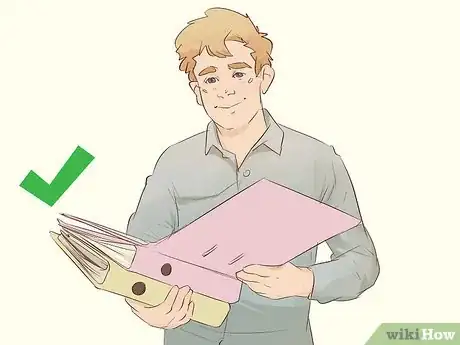






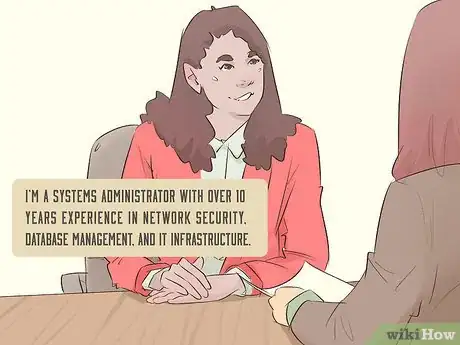


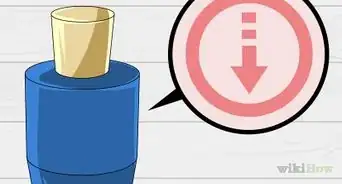
-Step-5-Version-4.webp)

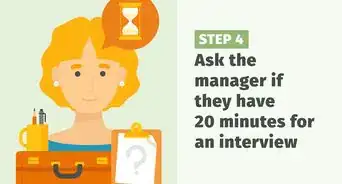
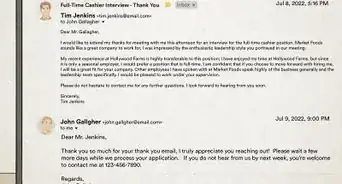




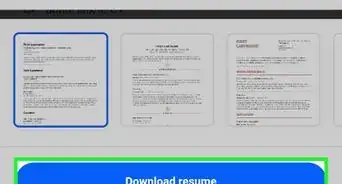
-Step-3-Version-2.webp)









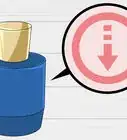
-Step-5-Version-4.webp)



































